Click here to visit Original posting
I review the best camera phones, but I recently bought myself a dedicated camera. I carry a Galaxy S25 Ultra and an iPhone 16 Pro daily, yet I just bought a camera that's intentionally simpler.
My phones boast optical zoom up to 5X and digital reach well beyond that. I chose a camera with a fixed lens and a field of view slightly wider than my natural vision.
I'm continually impressed by what the best camera phones achieve, but Samsung, Apple, and every phone maker could learn a lot from a camera like the Fujifilm X100VI and today’s best point-and-shoot cameras.
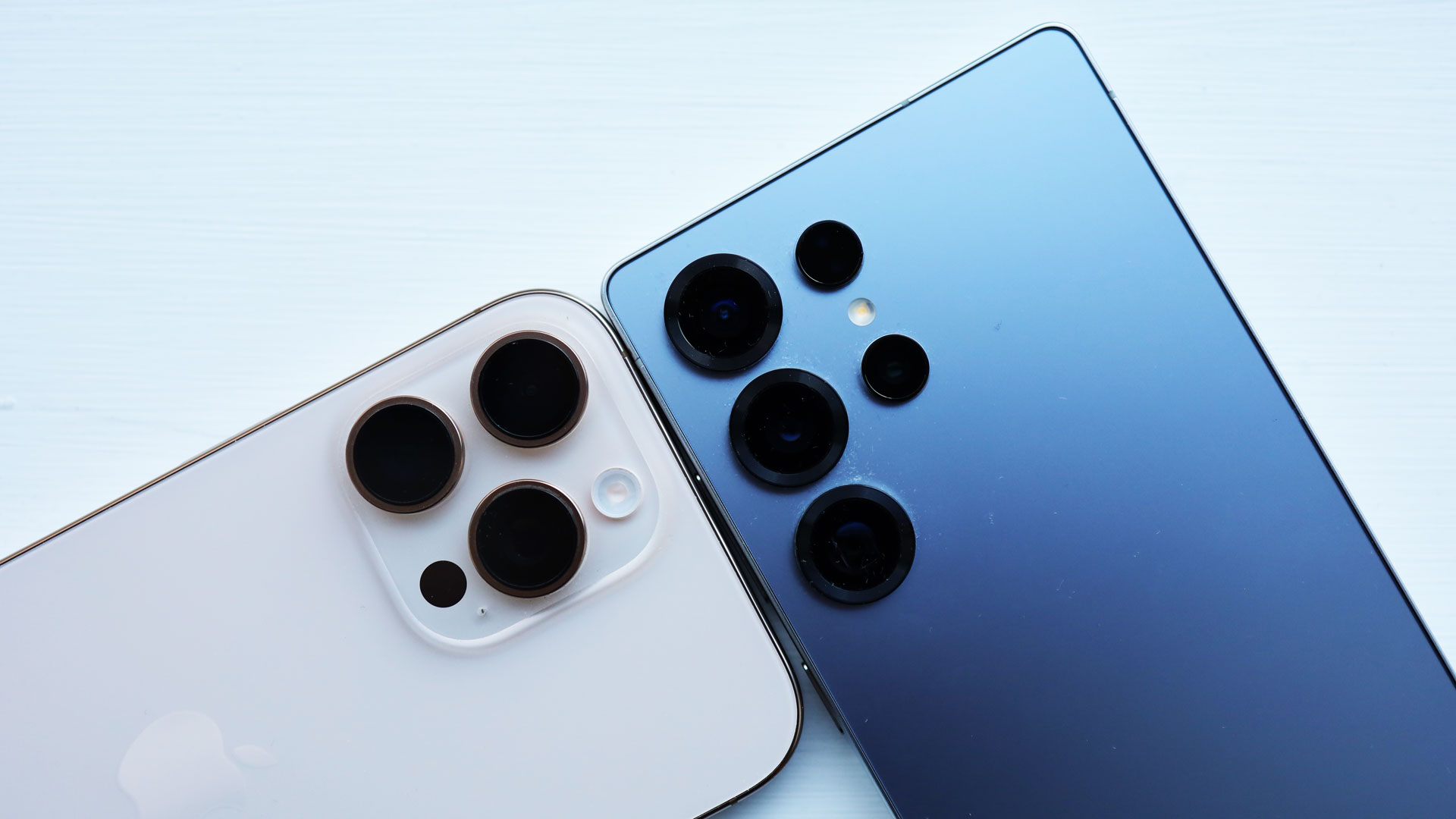
My Galaxy S25 Ultra has five cameras, and the iPhone 16 Pro has four. Their largest sensors barely top three-quarters of an inch diagonally. The smallest, for the periscope zoom, are minuscule: 0.4 inches (Samsung) and 0.33 inches (iPhone).
My Fujifilm X-T5 uses an APS-C sensor – smaller than a full-frame (35mm film size) but still around 1.12-inches diagonally. That dwarfs any smartphone sensor.
The largest smartphone sensors currently are the one-inch sensors used by makers like Oppo and Xiaomi. Curiously, these aren't found in models you can buy in the US.
Camera phones do the opposite of what they should
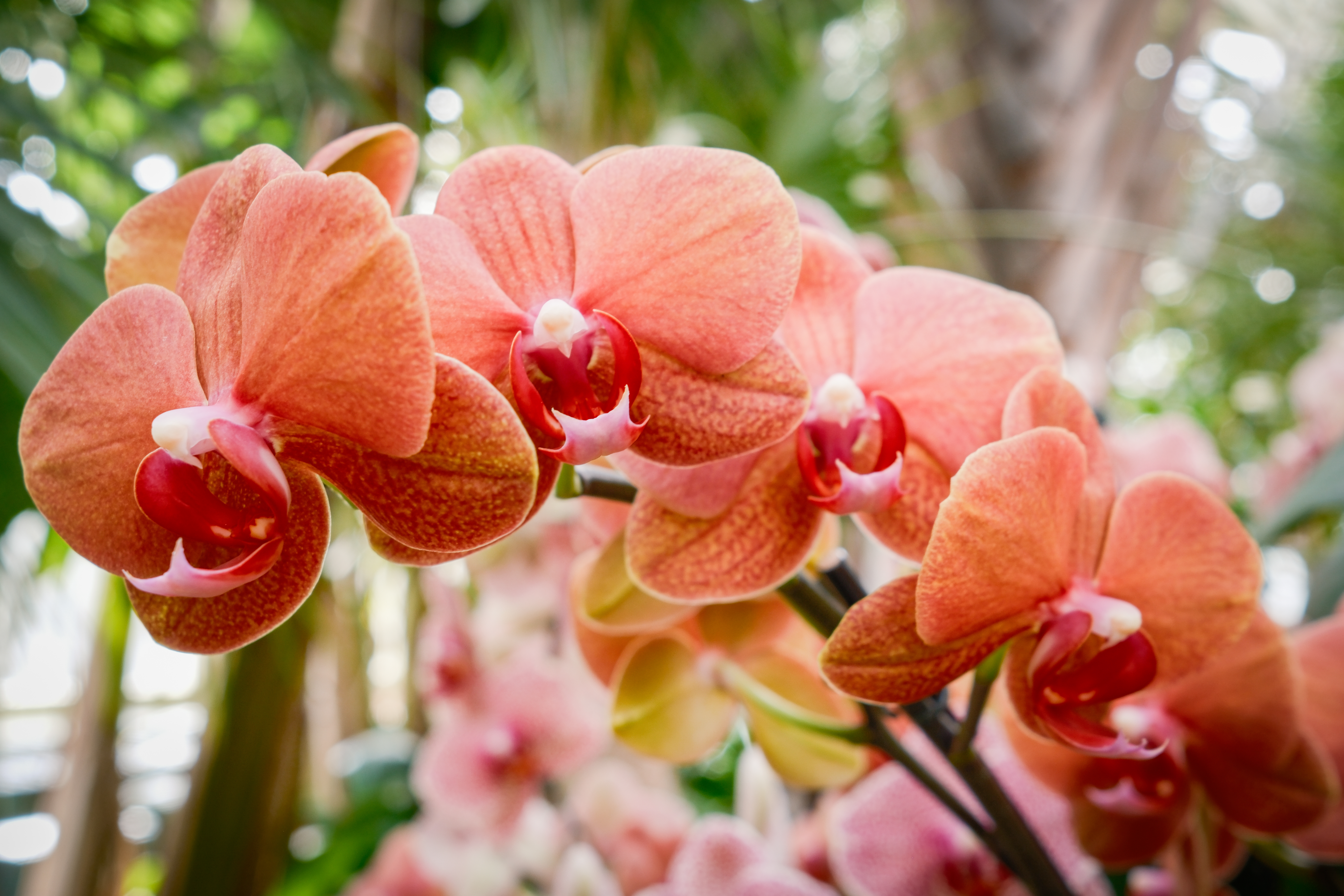
Why this focus on sensor size? Because it's the spec that really counts, especially on phones where the difference between the smallest and largest sensors is vast, not marginal.
So why don't Samsung or Apple use a full frame sensor? They demand power and physical space – luxuries smartphones lack.
Unfortunately, smartphones often make the opposite error. Instead of one great sensor, they cram in so many tiny sensors that none produce genuinely memorable images.
It’s ambitious what smartphones attempt. Today’s best range from wide-angle (near 18mm) to telephoto (200mm+), with a wide f/1.6 aperture and macro focus. You can buy an 18-200mm camera lens, but not a lens that is this fast (even f/2.8) without spending thousands.
Every smartphone chases the holy grail: an ultra-wide to super-telephoto zoom with microscopic focus. It's unrealistic. To chase it, makers cut corners, yielding phones technically capable but often failing to capture keepers – photos worth saving, printing, and cherishing – real photos.
Apple and Samsung, meet my new friend Fujifilm
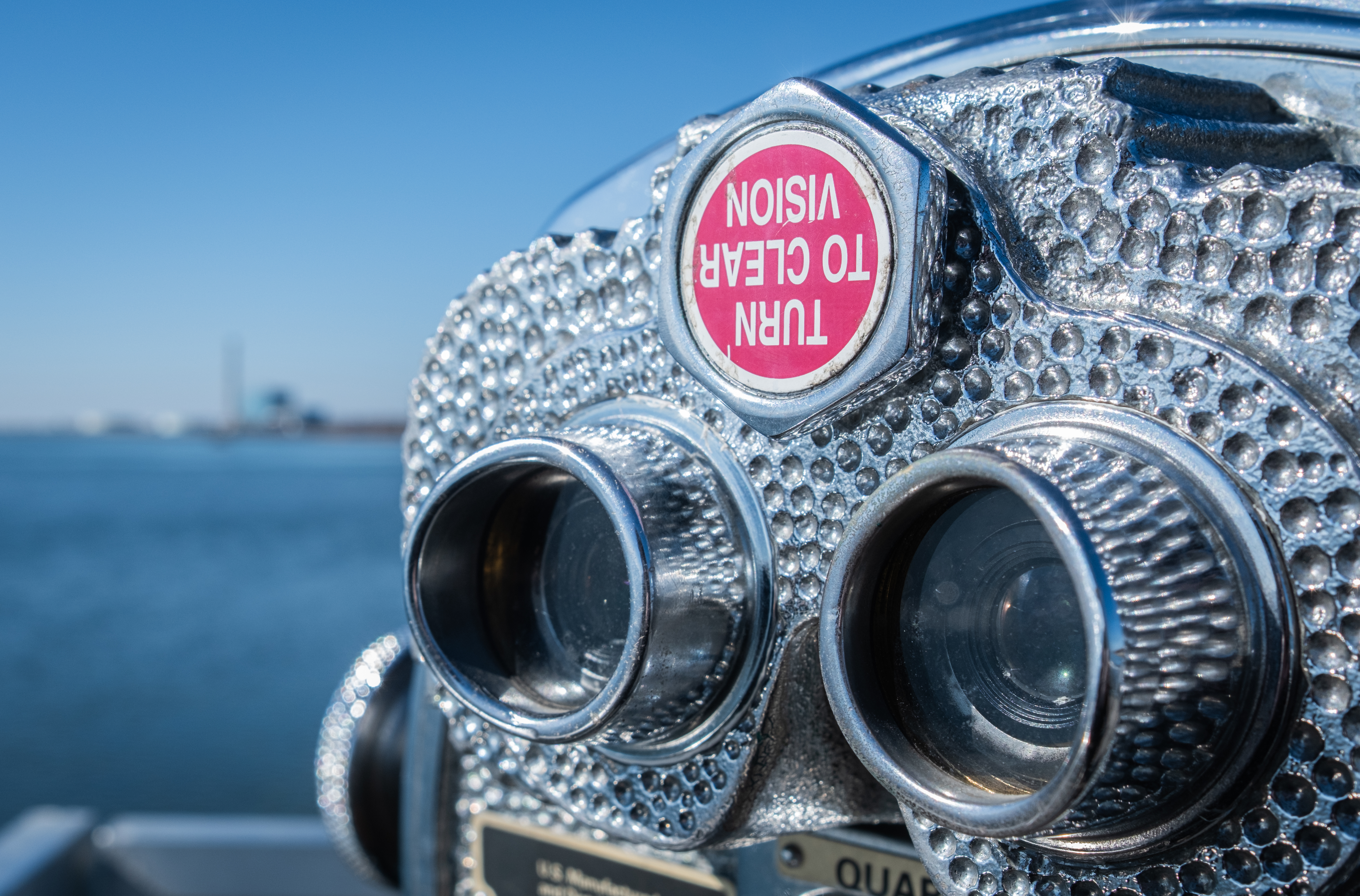
Fujifilm gets it. The camera world is buzzing about the Fujifilm X100VI – it's the blueprint smartphones should follow. It uses a large APS-C sensor and a fixed 23mm lens (a 35mm equivalent). It captures phenomenal photos.
No magic here. Fujifilm pairs a great sensor with a versatile prime lens. A fixed lens often means fewer elements, yielding sharper, brighter images. With its 40MP, you can crop digitally and still have a print-worthy resolution.
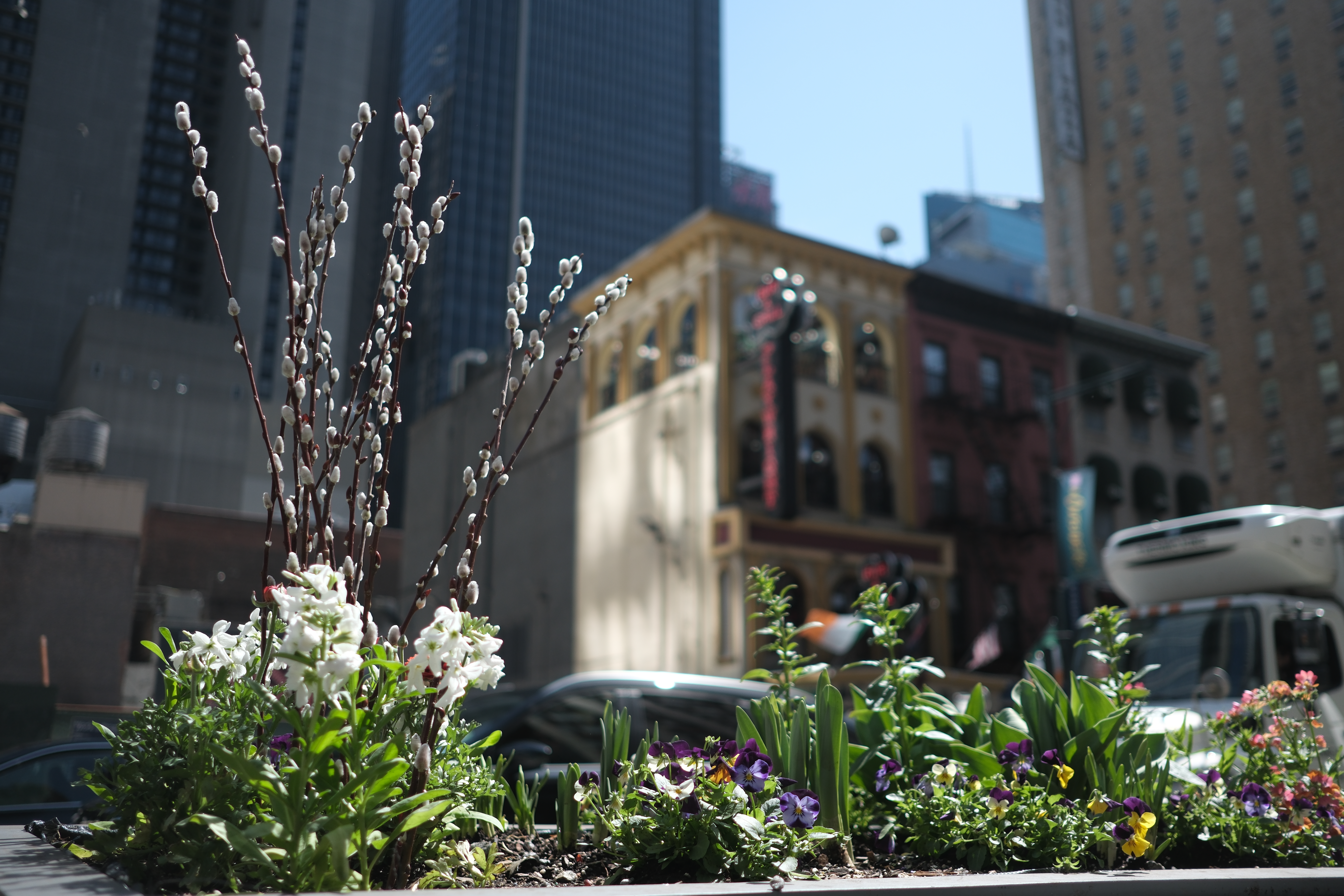
Shot with my Fujifilm X-T5
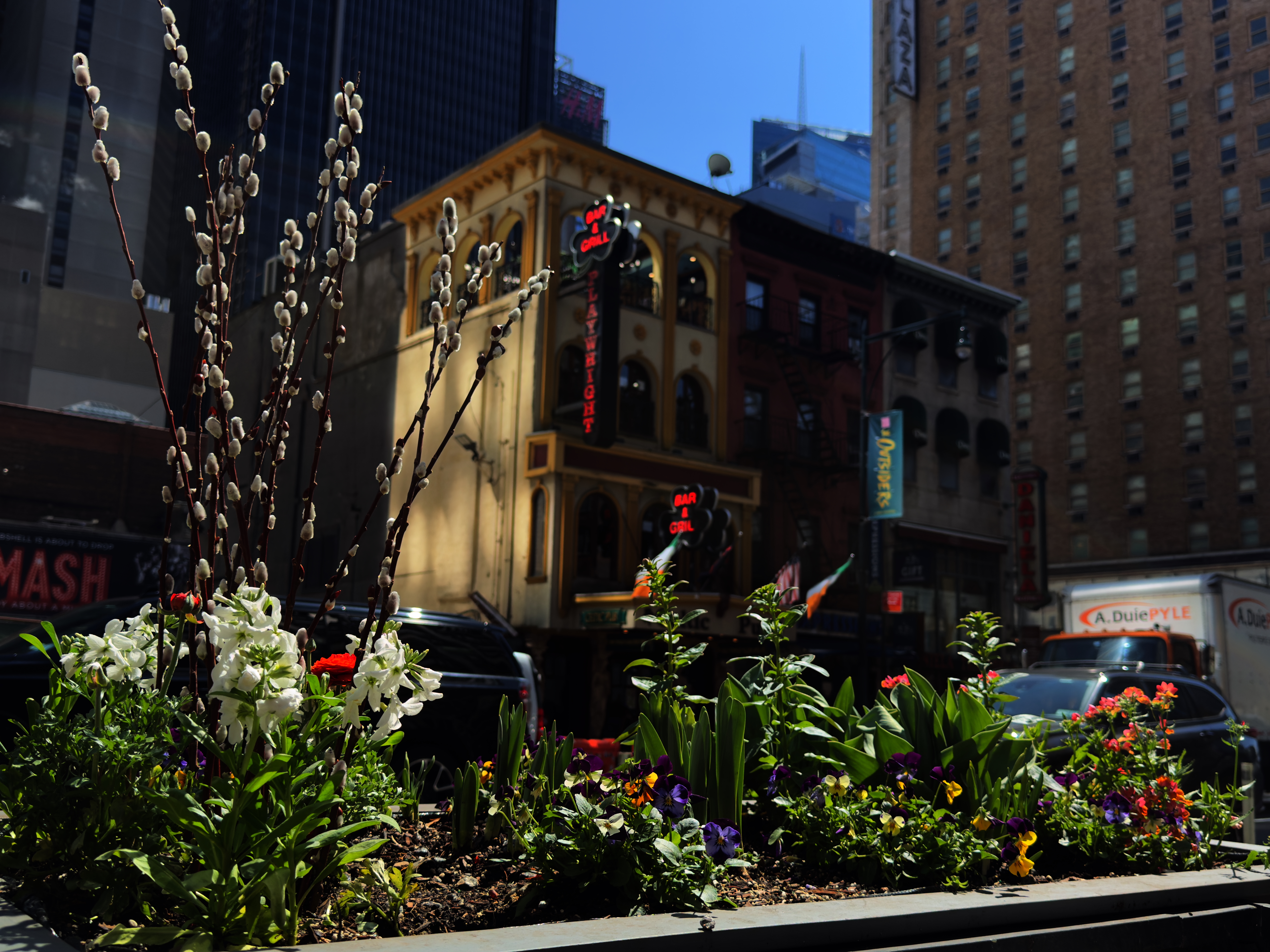
Shot with my iPhone 16 Pro

Shot with my Galaxy S25 Ultra
I crave this from camera phones: one large sensor, not five tiny ones. One superb lens, not a jumble of folded glass and pinholes. Use the space saved from extra sensors for one real camera with a resolution for digital zoom.
The big problem with the Fujifilm X100VI is that you can't buy one. Every reputable retailer has the camera back ordered for months, and the aftermarket is rife with shady scams or folks selling the camera at a 25% markup.
Taking smartphone photography to the edge
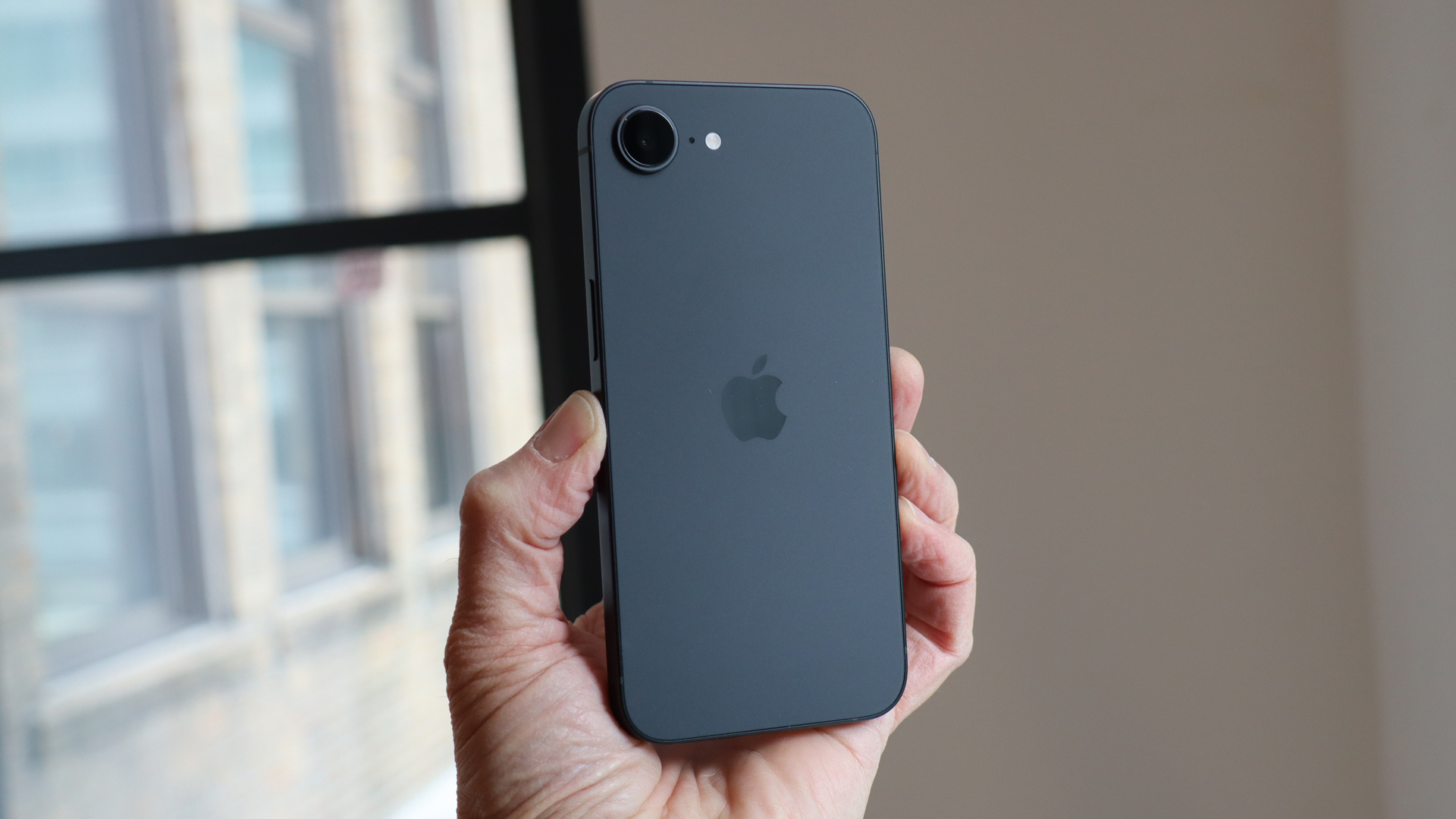
That leaves an amazing opportunity for the smartphone market to step in with a stylish phone that focuses on high-quality photography instead of winning a spec war with megapixels and zoom.
Ironically, the rumored thin smartphones might nudge things this way. We've seen Samsung's teased Galaxy S25 Edge with only two rear lenses. The latest iPhone 16e uses just one, with a wide f/1.6 aperture, but its sensor remains small. Still, closer.
Give me an iPhone 17 with a massive sensor and a single wide lens – I’d be ecstatic. Forget the megapixel race and the lens count. Just give me light, captured beautifully through one great eye.